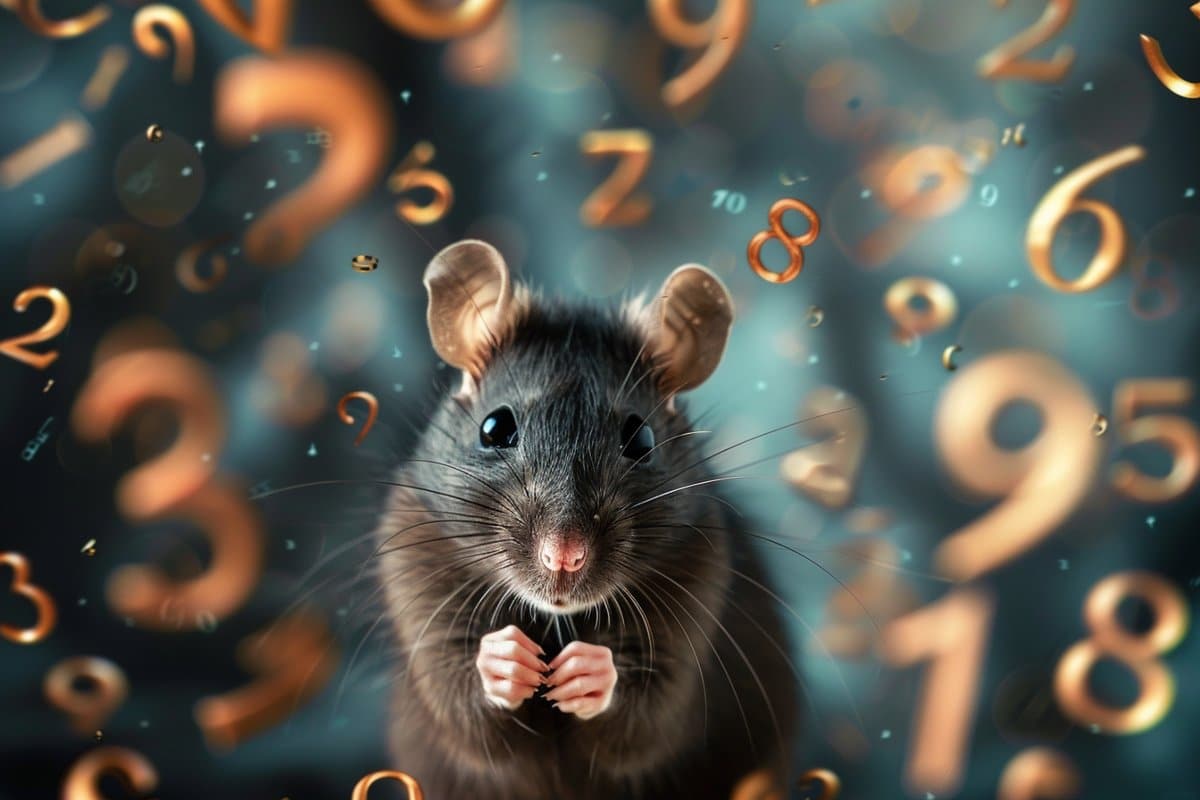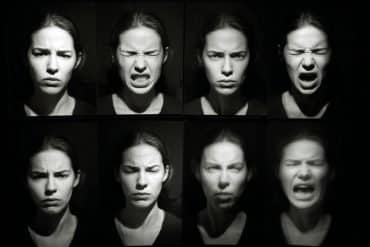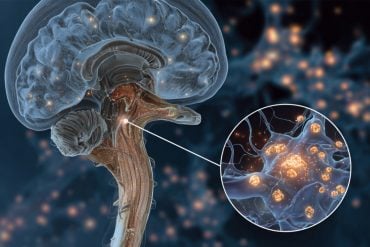Summary: Researchers made a groundbreaking discovery confirming that rats possess a distinct number sense. Their study used advanced brain manipulation techniques, AI modeling, and a specialized numerical learning task to demonstrate that rats can focus on and learn numbers.
The findings provide a vital animal model for exploring the neural foundations of numerical abilities in humans, shedding light on both numerical cognition and potential disabilities. This research underscores the role of the posterior parietal cortex in processing numbers, distinguishing it from general magnitude processing.
Key Facts:
- The study revealed that rats can develop an understanding of numbers through training, despite the influence of other continuous magnitudes.
- Specific brain regions, particularly the posterior parietal cortex, were identified as crucial for numerical processing in rats, indicating a dedicated neural circuit for number sense.
- The research provides a new model for studying numerical abilities and disabilities in humans and could influence advancements in artificial intelligence by applying findings from neural network modeling.
Source: City University of Hong Kong
A groundbreaking discovery that appears to confirm the existence of discrete number sense in rats has been announced by a joint research team from City University of Hong Kong (CityUHK) and The Chinese University of Hong Kong (CUHK).
The findings offer a crucial animal model for investigating the neural basis of numerical ability and disability in humans, the Hong Kong-based researchers say.

This innovative study deployed a numerical learning task, brain manipulation techniques and AI modelling to tackle an ongoing debate about whether rats can count, says?Professor Yung Wing-ho, Chair Professor of Cognitive Neuroscience at CityUHK, who collaborated with CUHK scientists at the Faculty of Medicine.
Their study, published in?Science Advances, sheds light on the mechanisms underlying numerical ability, a cognitive ability fundamental to mathematical aptitude, which is a hallmark of human intelligence.
The article is titled “Disparate processing of numerosity and associated continuous magnitudes in rats”.
Professor Yung, also Associate Dean of the Jockey Club College of Veterinary Medicine and Life Sciences at CityUHK, said the research team set out to minimise the influence of continuous magnitudes in numerical tests and conducted a meticulous quantitative analysis in the study to determine the respective contributions of numbers and magnitudes.
The team developed an algorithm to generate stimuli that enable animals to focus only on numbers and minimise other distracting factors.
“This will help us better understand how animals perceive and quantify numbers,” Professor Yung explains.
The team found that rats without any previous knowledge of numbers could develop a sense of numbers when trained with sounds representing two or three numbers. Despite the influence of continuous magnitudes, the rats consistently focused on the number of sounds when making choices for food rewards.
In addition, the study helps dissect the relationship between magnitude and numerosity processing. The researchers discovered that when they blocked a specific part of the rats’ brains, called the posterior parietal cortex, the rats’ ability to understand numbers was affected but not their sense of magnitude. This suggests that the brain has a specific area for dealing with numbers, Professor Yung continues.
The study not only solves a long-standing mystery about how brains handle numbers but also offers new insights into studying the specific neural circuits involved in number processing in animals and how genes are associated with mathematical ability. The findings from neural network modelling could have practical applications in the field of AI.
Professor Yung and Professor Ke Ya from the School of Biomedical Sciences at the CUHK Faculty of Medicine are the corresponding authors. Other contributing authors include Dr Liang Tuo, Dr Peng Rongchao, Mr Rong Kanglin and Ms Li Jiaxin from CUHK.
About this animal cognition research news
Author: Michael Gibb
Source: City University of Hong Kong
Contact: Michael Gibb – City University of Hong Kong
Image: The image is credited to Neuroscience News
Original Research: Open access.
“Disparate processing of numerosity and associated continuous magnitudes in rats” by Yung Wing-ho et al. Science Advances
Abstract
Disparate processing of numerosity and associated continuous magnitudes in rats
The studies of number sense in different species are severely hampered by the inevitable entanglement of non-numerical attributes inherent in nonsymbolic stimuli representing numerosity, resulting in contrasting theories of numerosity processing.
Here, we developed an algorithm and associated analytical methods to generate stimuli that not only minimized the impact of non-numerical magnitudes in numerosity perception but also allowed their quantification.
We trained number-na?ve rats with these stimuli as sound pulses representing two or three numbers and demonstrated that their numerical discrimination ability mainly relied on numerosity. A
lso, studying the learning process revealed that rats used numerosity before using magnitudes for choices. This numerical processing could be impaired specifically by silencing the posterior parietal cortex.
Furthermore, modeling this capacity by neural networks shed light on the separation of numerosity and magnitudes extraction.
Our study helps dissect the relationship between magnitude and numerosity processing, and the above different findings together affirm the independent existence of innate number and magnitudes sense in rats.






